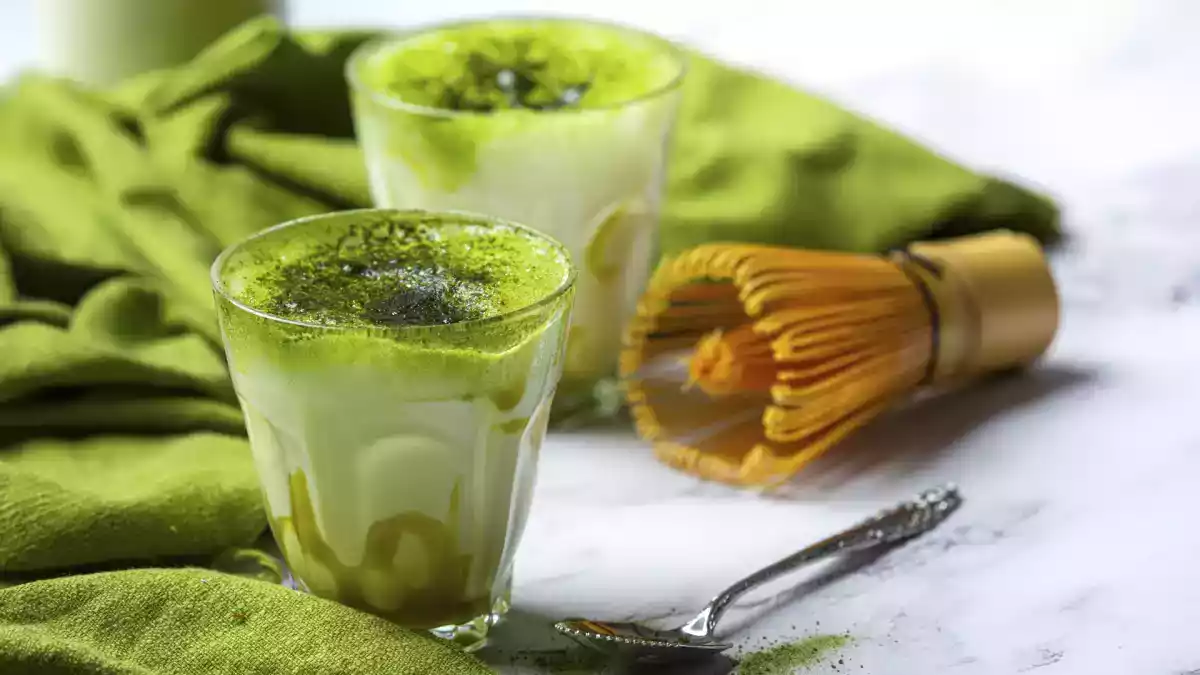Is matcha running out? Japan faces unprecedented shortage...

It is not just a tea or a passing fad. In recent years, matcha has conquered the coffee shops of half of Spain, has filled the shelves of herbalists and supermarkets, and has become the undisputed protagonist of thousands of reels, photos on Pinterest and influencers' mixers. Its intense color, its supposed antioxidant properties and its exotic air have led many to adopt it as a healthy (and very cool) alternative to coffee.
In cities such as Madrid, Barcelona or Valencia, the establishments specializing in this green drink have blossomed as if they were cherry tree branches in spring. And although for some it is still a hipster whim, the truth is that matcha has become part of the daily routine of those who are looking for something more than caffeine.
But it's not all perfect foam and ceramic bowls: Japan, the world's leading producer, has issued a warning. And yes, what is coming is a shortage.
Much more than just tea
It's not just a green powder that looks good on Instagram. Matcha -that ground tea that makes foodies, influencers and coffee shops around the world sigh- could be living its last golden days. Japan, the world's leading producer, has issued a warning that has not taken long to cross borders: if we continue like this, there will be more demand for matcha than green powder to grind.
But how did we get here? To understand, you have to look far beyond the perfect latte cup, the minimalist ceramic bowl and that bamboo brush whose name I can't remember.
The unstoppable rise of green powder
For centuries, matcha was used in Japan for ceremonial purposes: an exclusive tea, reserved for very specific moments. Today, it is used in smoothies, cookies, face masks, cocktails and even fresh pasta. What was once a ritual with centuries of history is now a global trend. And yes, it is partly the fault (or merit) of TikTok, Instagram and Pinterest, which have elevated it to the category of miracle superfood. Few ingredients have been able to play its aesthetic card so well.
According to figures from Japan's Ministry of Agriculture, and collected by the French newspaper Le parisien, demand for matcha has tripled in just a decade, from 1,430 tons in 2012 to more than 4,100 tons in 2023. Half of the production is already exported. And what seemed like a fad has become as much a daily consumption habit as coffee.
Matcha does not understand haste
This is where the problem begins. Matcha is not quick to produce. Tea bushes (camellia sinensis) need up to five years to mature before they can harvest their first matcha-grade leaf. Then there is the artisanal process: the tencha (the base leaf) must be carefully dried and ground in stone mills that take an hour to produce a mere 40 grams of powder.
And that's not to mention the silent drama of Japanese agriculture: there is less and less labor to pick the tea. In 2000, there were more than 53,000 tea farmers in Japan. In 2020, there were just over 12,000 left. The next generation is not coming, and young people are not willing to spend their lives among the terraces.
Purchase limits, rising prices
The result? Large Japanese houses such as Marukyu Koyamaen or Ippodo Tea have started to limit purchases per customer, something unheard of until now. Coffee shops in the United States and Europe are already talking about delays in their orders or changes in their suppliers. And on platforms such as Amazon, the prices of premium matcha have risen by more than 30% so far this year.
Exaggeration? Not so much. The next harvest, due in June, could temporarily ease the pressure. But experts warn: if the trend continues, shortages will also affect second and third harvest matcha, the most commonly used in confectionery or more commercial beverages.
What's next? The dilemma of success
What is happening to matcha is a textbook example of how an age-old tradition can become a victim of its own success. While matcha latte tutorials are multiplying on networks, Japan is considering measures: improving mechanization, reclaiming unused land, investing in campaigns to attract new farmers. But all this takes time. And matcha, as we know, is in no hurry.
Will we run out of matcha?
Not in the short term. In the medium term, maybe. What is clear is that the days of cheap and abundant matcha could be numbered. And if you are one of those who can't live without your 9:00 a.m. frothy latte, maybe it's time to think about alternatives... or to learn to value each sip as they did in Kyoto 500 years ago: with ceremony, with respect and with full awareness that the good things come to an end.
You may also be interested in:
Sources of information
Le Figaro - La crise du thé matcha.
Marukyu Koyamaen - Notice of purchase restrictions.
The Guardian - Skyrocketing' demand for matcha raises fears of shortage in Japan.
Le Parisien - Japan, leader in matcha tea production.
 Patricia González
Patricia González